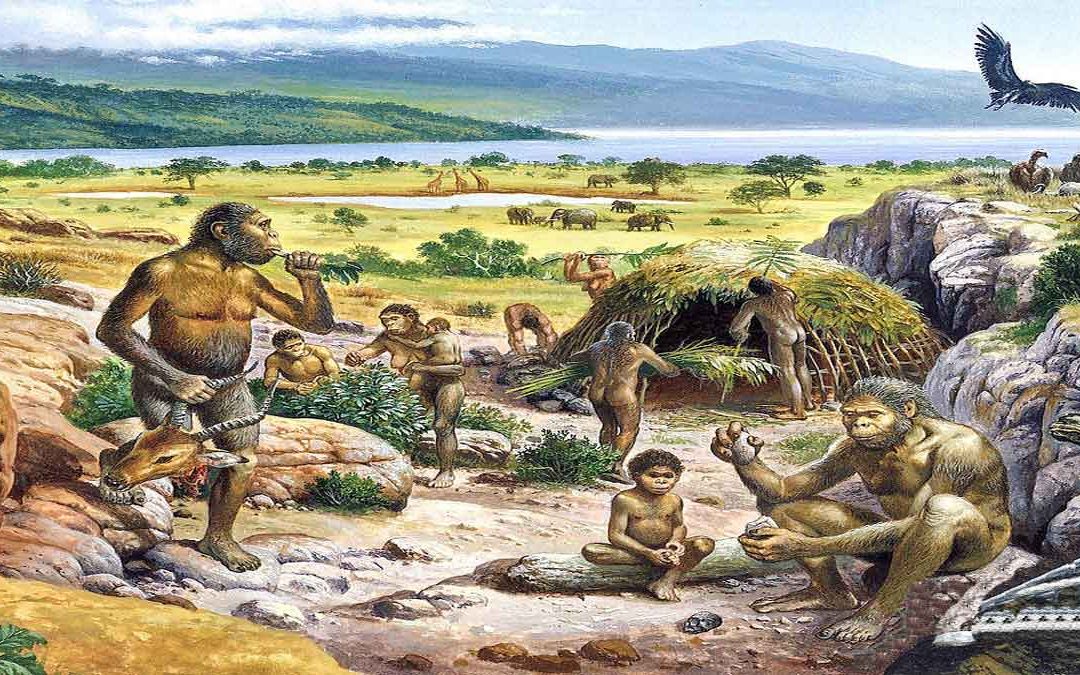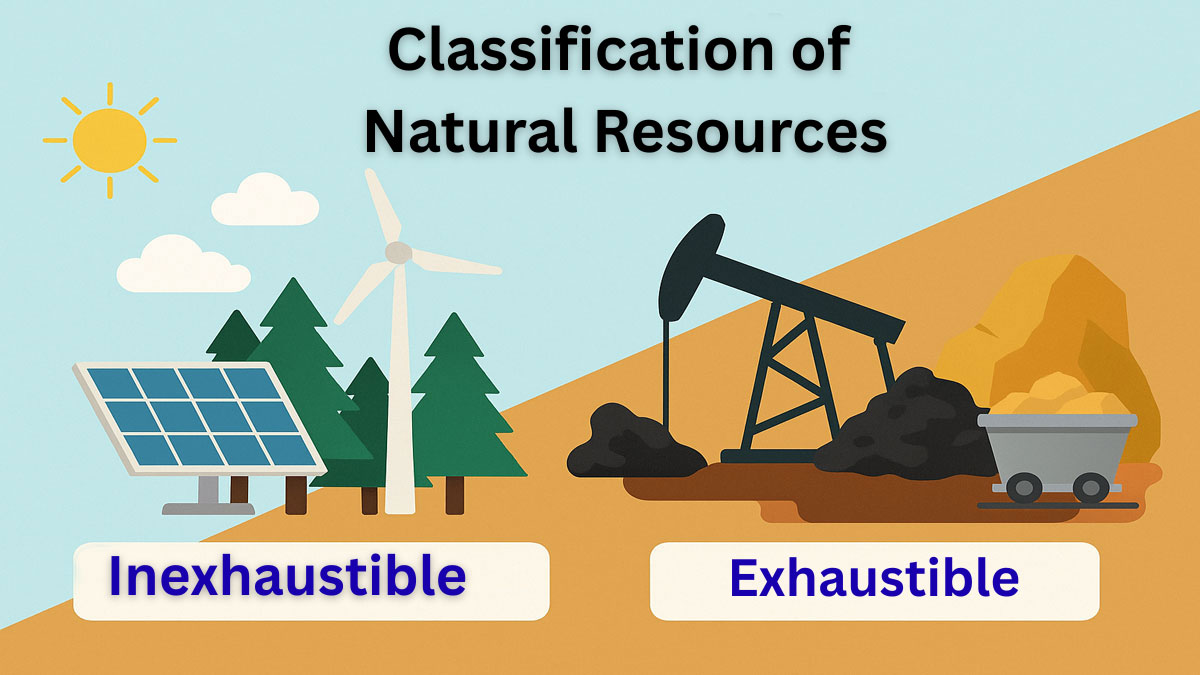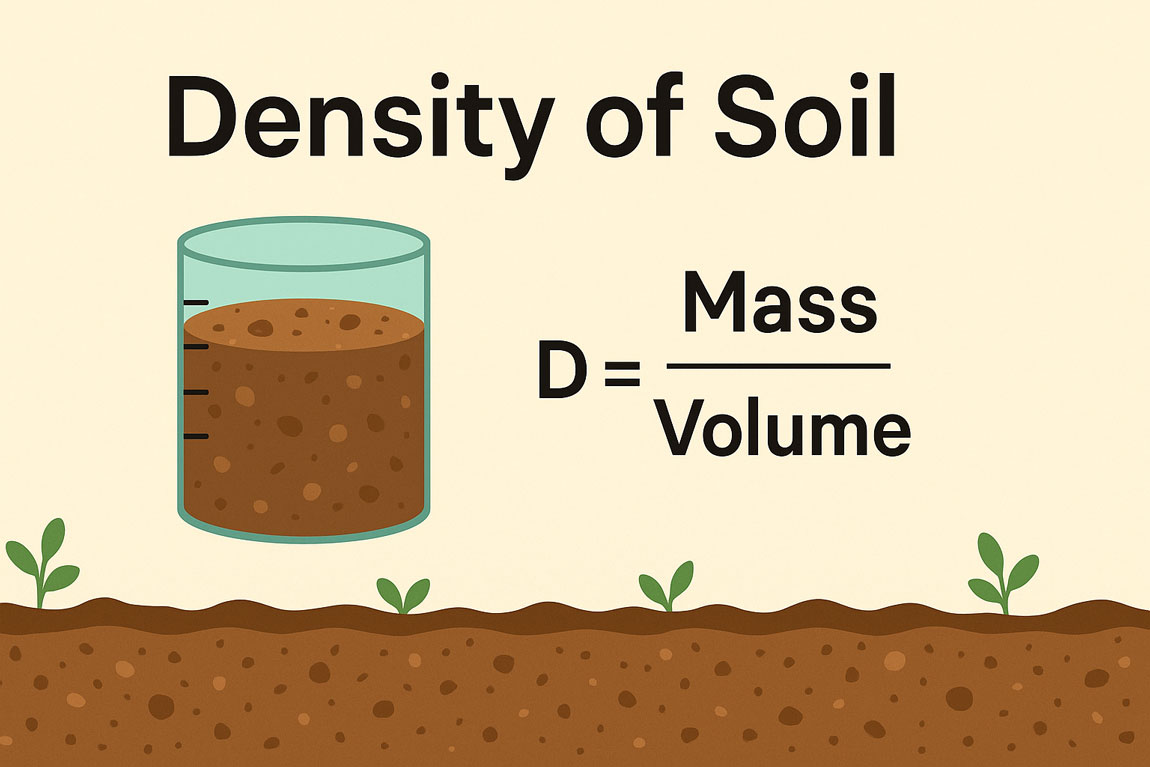The Quaternary has some specific events that distinguish this period from the Tertiary, including significant climatic changes, alternating glacial and interglacial periods, fluctuations in sea levels, transformations in relief and landscapes, shifts in vegetation patterns, and notable palaeontological changes.
Climatic changes:
Climatic change is unquestionably the dominating characteristics of the Quaternary. Due to the variation of solar radiation received at the earth’s surface global climate changes. Global temperature changes periodically in some long term, intermediate term and sort term climatic cycles.
Quaternary climatic fluctuations followed a cyclic pattern. At the end of the nineteenth century, Croll developed the
‘Astronomical Theory,’ and the Yugoslavian geophysicist Milankovitch (1924) later elaborated on it. The theory states that periodic changes in the Earth’s orbit and axis cause cyclic variations in the planet’s surface temperature.
According to Milankovich, there are three regular variations in the earth’s orbit and axis resulting some climatic cycles of different amplitudes. The earth rotates about its own axis and at the same time it moves around the sun. Milankovich calculated that there have been three very important and fairly regular variations in the Earth’s orbit and axis, resulting in different length of climatic cycles.
The path of the earth in moving around the sun (is called orbit) is not always circular. Approximately over 96,000 years, the shape of earth’s orbit changes from circular to ellipsoidal and back. The phenomenon is called Eccentricity. It results a change in the surface temperature of earth in a cycle of 96,000 years.
The Earth’s axis tilts from about 21.5 to 24.5 degrees and back over a period of around 42,000 years, and scientists call this variation ‘Axial Tilt’ or ‘Obliquity.’ They call the third variable ‘Precession of the Equinoxes,’ which results from the wobble of the Earth’s axis.
The Earth reaches its closest point to the Sun during a time called perihelion. Currently, the Northern Hemisphere experiences winter during perihelion. While summer occurs when the Earth reaches its farthest point from the Sun, known as aphelion. It takes about 10,500 years for the Earth to shift from perihelion to aphelion, and approximately 21,000 years to complete the full cycle back to perihelion..
Croll’s ‘Astronomical Theory’ further elaborated by Milankovitch published in a time (1924) when classical model in Alpine region published by Penck and Bruckner (1910) was highly accepted worldwide. Merit of Penck and Bruckner scheme rests on Four Fold classification of Quaternary System.
Instead of a single glaciation in Quaternary Period (what was the initial thought). Penck and Bruckner introduced four Glacial Periods in the Quaternary. Each Glacial Period was alternated with an Interglacial Period of relatively warm climatic cycle in our planet.
The pattern of Milankovitch climatic curve did not appear to accord with the number and frequency of glacier and interglacial cycles observed at that time in the terrestrial record of sediments.
Scientists widely rejected the Milankovitch hypothesis at that time. Sea level changes directly influence climate variation. Oxygen isotope analysis of deep-ocean core sediments revealed that the sea-level curve includes both long-term and short-term climatic cycles.
Long-term climatic cycles can be fitted with the glacial/interglacial and short-term cycles account for the stadial and interstadial. Introduction of oxygen isotope curve has led to the re-establishment of Milankovitch hypothesis.
Glacial and Interglacial Periods:
Glacial and Interglacial are the striking characteristics of the Quaternary. During the Quaternary Period, our planet started to cool down and ice accumulated on two poles. Further cooling of global climate resulted in the expansion of ice sheets of the two Polar Regions, i.e. ice sheets from the two poles moved towards the equator.
Again, warming up of the global climate caused melting of ice on the continents and the ice sheets moved towards the poles. Hence, during the glacial Periods ice sheets moved towards the equator and during the interglacial Periods ice sheets moved towards the polar region in a harmonic way.
Extension of ice sheets was such that during the glacial times, with the exception of Antarctica, ice sheets and glaciers occupied an area 13 times their present sizes. That the average thickness of the larger ice sheets was about 2 km (Flint, 1971). In hot deserts lake margins expanded and contracted.
Difference in mean annual temperature between alternating cold (glacial) and warm (interglacial) periods were about 0.5 degree in equable maritime locations, but greater than 10 degree centigrade in some continental interiors.
Sea level changes:
Sea level is very much related to climatic change. It has already been discussed that global climate changes due to the variations of solar radiation. When our planet cools down, i.e. during the glacial period, water in the ocean basin evaporates, vapours move towards the continents by the wind and precipitate on the land surfaces in the form of ice.
Hence, during the glacial period oceanic water accumulates on the continents in the form of ice sheets, resulting in the dropped down of sea level. Next, during the warm period, i.e. during the interglacial period, ice sheets on the continental surfaces melt and melt water again return to the ocean basin. As a result, sea level rises. Hence, thermo mere causes sea level rise and cry mere results a sea level drop.
Changes of relief and landscapes:
Quaternary events have shaped the present landscape. However, because the Quaternary Period is much shorter in duration compared to earlier periods like the Mesozoic and Palaeozoic, we cannot observe universally synchronous major changes—even though some distinct changes in relief and landscape do exist.
Neotectonic evens have resulted some isolated landscapes. The effects of neotectonics are quite active and have been creating some new shapes of undulated topography. The movements of the Quaternary glaciers created some Quaternary relief and topography.
Vegetational changes:
The environmental changes of some magnitudes subjected plant and vegetational communities to repeated stress. which caused migration and often extinction. Because of the small duration of the Quaternary, only limited taxonomic and morphological changes occurred. Due to the climatic fluctuations, vegetational zones shifted.
For example, during the Glacial Periods, Polar Desert along with successive Steppe-tundra, shrub-tundra and Birch Forest moved towards the equator. While, during the Interglacial Period, these zones along with deciduous mixed forest, Boreal conifer forest, Birch forest shifted towards the Polar Regions.
Hence, shiftings of vegetational zones in response to the climatic changes is one of the striking characteristics of the Quaternary.
Palaeontological changes:
Appearance of Man, specially, the modern man is one of the characteristics of the Quaternary. It is quite debatable from which race modern man has been derived (from Archaentropy, Palaeontrophy, Neontrophy or Cenontrophy?).
Our ancestors left behind bones, skeletons, teeth, and skulls in caves, river valleys, and some volcanic suites. The best sites for them were the West African Rift, Omo Valley, Olduvai Gorge in Africa, and the Siwalik Hills in the Himalayas. Researchers found the oldest bones and skeletons of our ancestors in East Africa.
The oldest species of the modern man found in East Africa is called Australopithecus Africanus, dated about 3.5 my (Lecture notes from Prof. Gutier, Ghent University, Belgium).
It is somewhat doubtful whether Ramapithecus is a member of the Hominidae. Ramapithecus was found in India, Pakistan, China, Greece and Kenya. They were dated to about 14.5 Ma in East Africa by K/Ar.
This date seems to be higher. There is no doubt that the australopithecines were hominids. They appeared at the end of the Miocene, about 5.5 Ma. Their evolution was confined to Africa, not appearing elsewhere until the Late Pliocene and Early Pleistocene, ca, 1.9 – 1.5 Ma.
Several taxonomic categories, such as A. africanus, A. robustus, and A. boisei, likely existed but disappeared from the fossil record about 1 to 1.5 million years ago. At Olduvai Gorge, researchers found remains of A. robustus and an early form of Homo habilis together, dated to around 1.8 million years ago. Early Homo fossils display larger brain sizes than australopithecines and possess lower limb bones more similar to modern humans (Bowen, 1978).
Evolution into Homo erectus occurred about1.5 Ma ago. The fossils of Homo erectus were discovered in Java, China, Europe and Africa. Brain cases were larger and face and teeth sizes were smaller and closure to modern man.
During the middle Pleistocene Homo erectus evolved into Homo sapiens – ca 200,000 to 300,000 years ago. Fossils exhibit further reduction in face and teeth and show larger brain. Anatomically modern hominids appeared around about 35 to 40,000 years ago.
Short duration of the Quaternary limited taxonomic and morphological changes. Thus its palaeontology is concerned more with palaeoecology than phylogeny, with, of course, notable exceptions: e.g. Homo sapiens (modern man), appeared some 0.4 Ma ago, having descended from the earlier Quaternary genus Homo habilis who migrated from Africa into Asia and Europe.
Such exceptions apart, however, morphological similarity between modern and earlier forms allows rather precise palaeoecological inference (Bowen, 1978). Reboul (1833) has defined Quaternary which include deposits with fauna or flora still living.
Appearance of Elephus, Equs and Leptobos is the characteristic of the Quaternary. Lyell (1939) gave a palaeontological approach. According to C. Lyell (1839), Quaternary contained more than 70% of mollusca still living.
The Acheulian culture was the most specific manifestation of Middle Pleistocene evolution. It involves stone-stools consisting bifacially work axes and cleavers. It was the material culture of hominids living at Olduvai Gorge by 1.5 Ma (Bowen, 1978).






